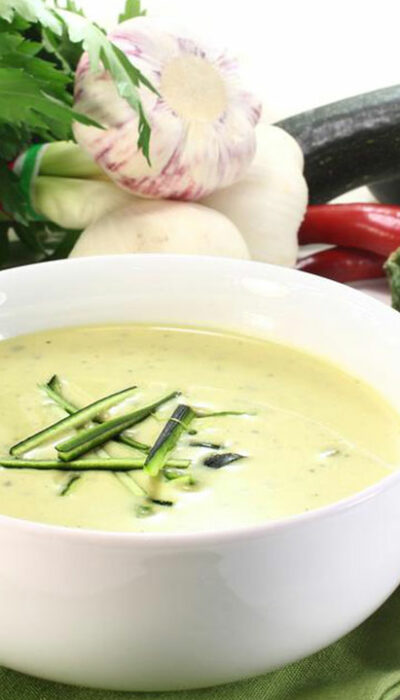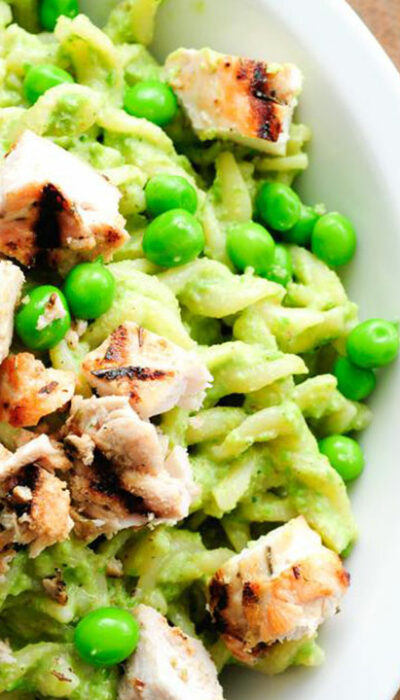
Effective Ways to Maintain Triglyceride Levels
Triglycerides are the fat that is present in your blood. They are used by the body to create energy by absorption into the adipose cells. When their quantity in the blood crosses the daily required threshold, they are stored in various parts of the body to be used later in the future, whenever required. However, when there are high levels of triglycerides flowing through the bloodstream, you are at an increased risk of coronary/heart disease, strokes, and diabetes. Thus, it is important to maintain the triglycerides that are being converted from the diet that you are taking. High Triglyceride Diet Foods To maintain the good health of your heart and pancreas, lowering your triglycerides plays an essential role. Given below are foods that make a high triglyceride diet, and that need to be maintained and kept in check. Starchy Vegetables Keeping triglycerides in mind, not all vegetables are good for managing their levels in your body. Some vegetables have a high starch content which means they have more carbohydrates; these can spike up the triglycerides by turning the excess starch into triglycerides. Some vegetables that are high in starch are: Lima beans Corn Peas Sweet potatoes Dried beans Winter squash Water chestnut Plantains These vegetables can be replaced by options like mushrooms, kale, and cauliflower. Starchy Foods As with vegetables high in starch, other starchy foods in the diet also need monitoring. The breakdown of these foods results in sugars that convert into triglycerides when the starch intake becomes superfluous. Some starchy foods – Bread – white, brown, and whole wheat Pasta and noodles Cereals – granola, oatmeal Rice Manage these starchy foods from your high triglyceride diet by keeping servings (2-4 per meal) in check. For example, one slice of bread or half a cup of cooked pasta would make one serving.










